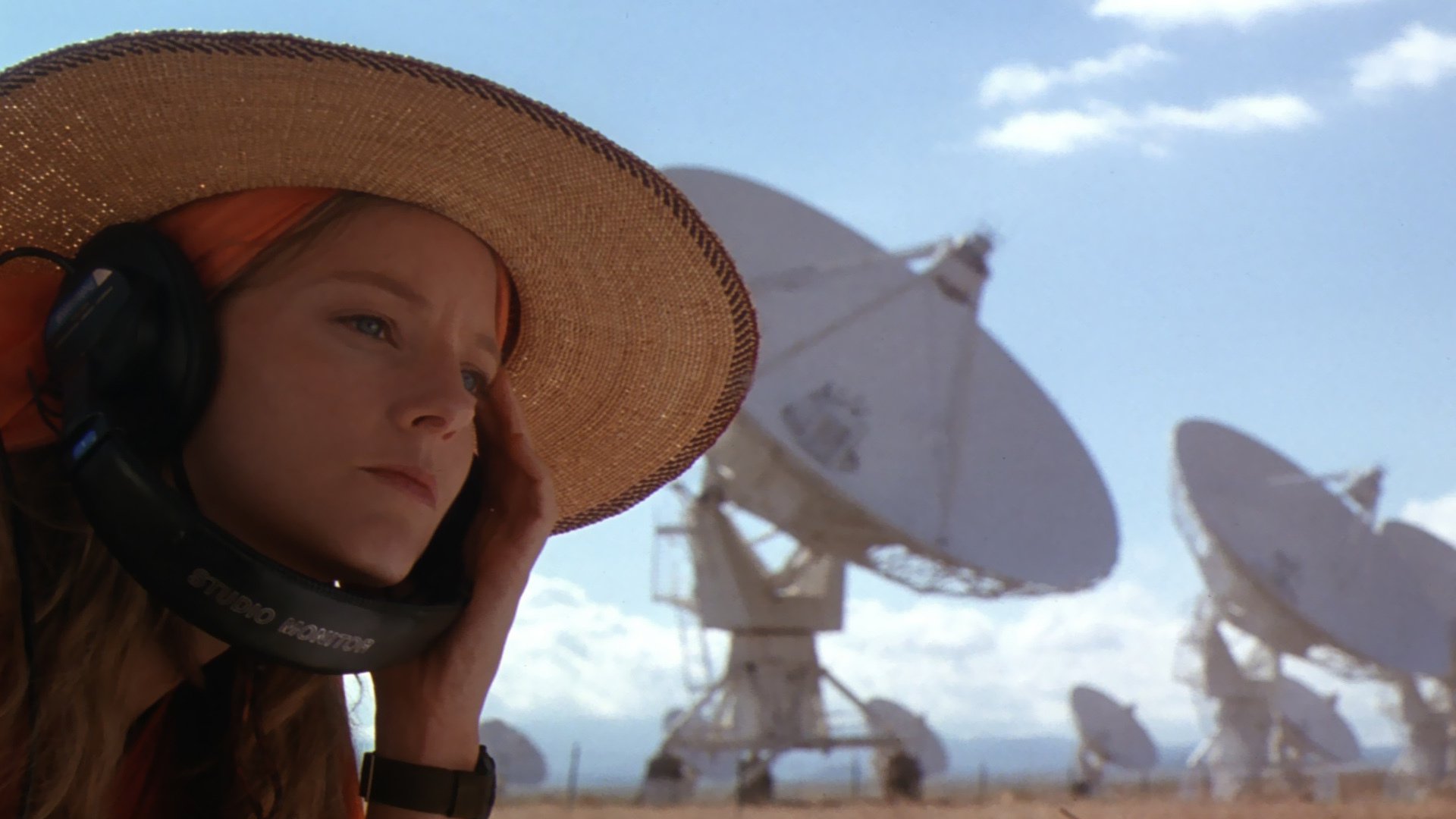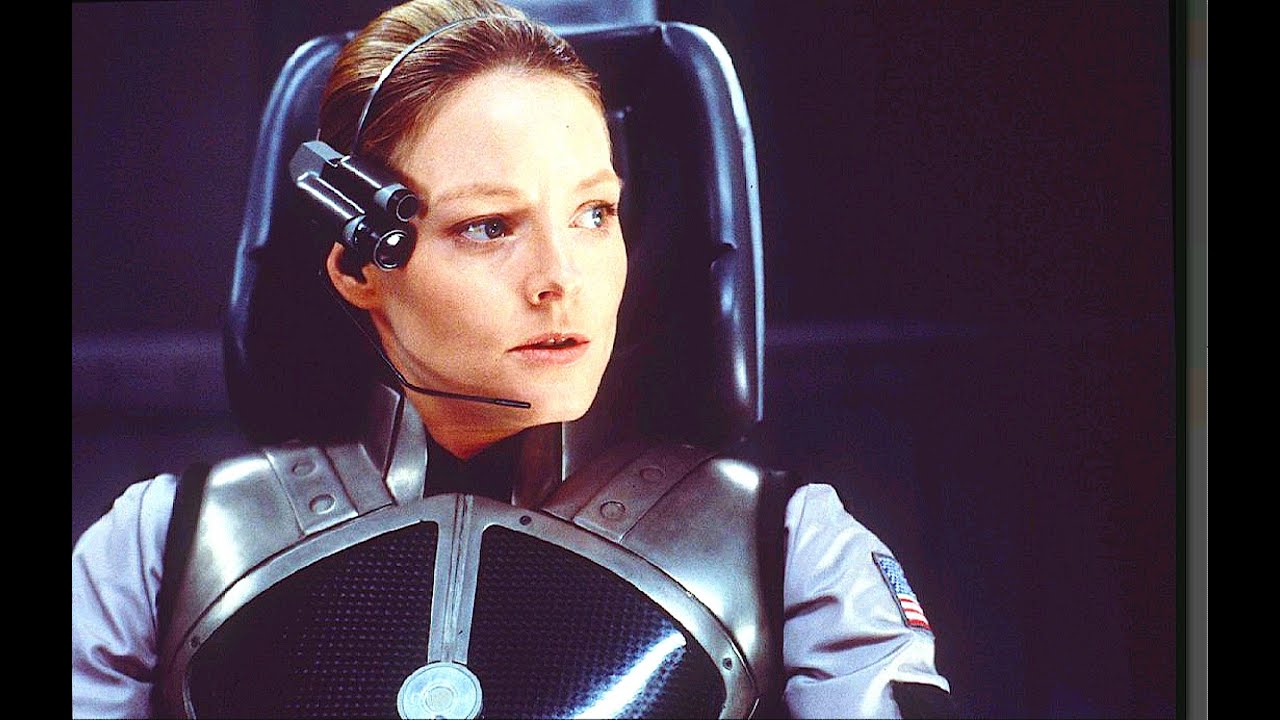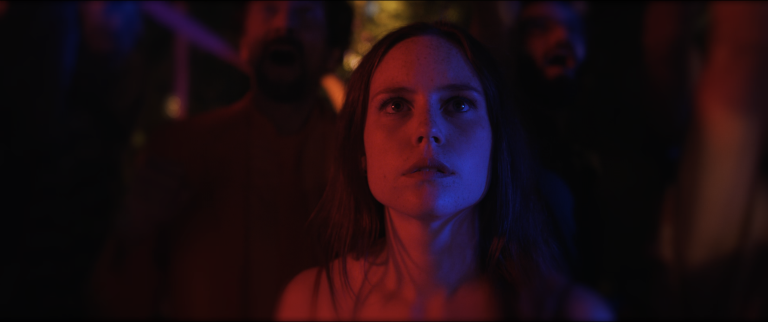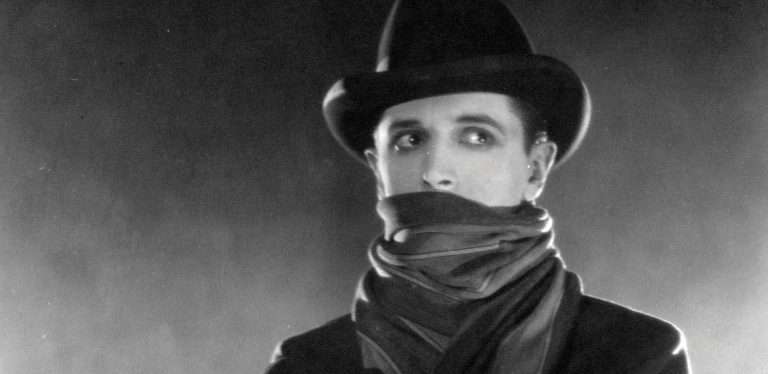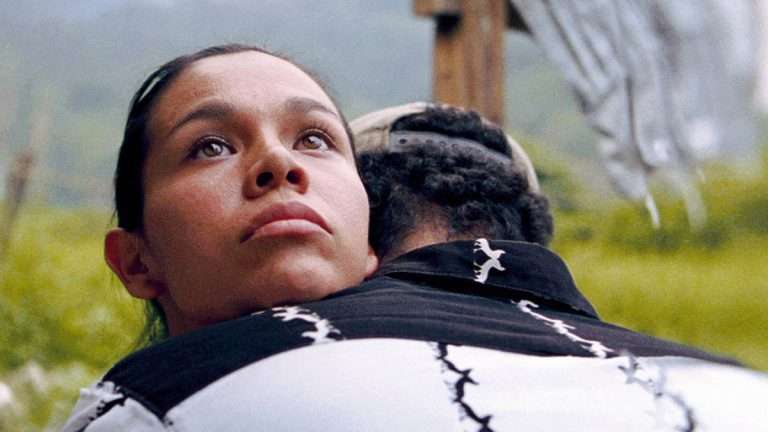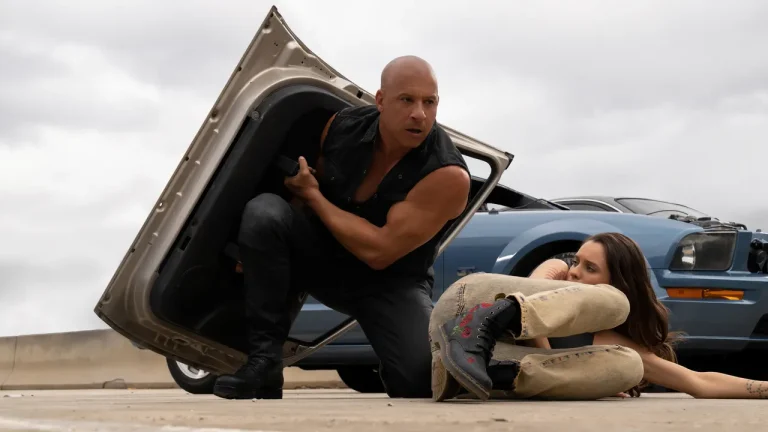Clearly ahead of its time and dealing with many heavy topics, let us look back at one of the most estimable entries to the sci-fi genre. Contact (1997) is easily one of the most underrated science fiction movies there is, that has both a low box office collection and revisiting rate. Based on the 1985 novel of the same name by Carl Sagan, the movie breaks away from the general mold of science fiction movies of its time that had flying UFOs shooting blasters down on Earth and one man rising to the occasion and saving the planet, the all too familiar razzmatazz. It presents a very possible science fiction. Coming from the mind of an astrophysicist himself whose conception and vision of extraterrestrial lifeforms are much more erudite than most science fiction writers, the story provides a very realistic idea of how the world might possibly react to an extraterrestrial race or to the information of their existence. Of how the different moieties would imbibe the knowledge that we are not alone. The movie offers a very perceptive story with a strong scientific background.
Contact has one of the finest openings to a space-based science fiction movie that takes the viewers on a journey through time and history and establishes the connection between signals and the past. The movie follows Dr Eleanor ‘Ellie ’Arroway played by Jodie Foster, who is shown to have an interest in radio communication from an early age. Losing his wife in childbirth, Arroway’s father encouraged her scientific curiosity and asking questions. He passed away when she was young, leaving her an orphan. Arroway goes on to attend Harvard and Caltech and starts working as a radio astronomer in Puerto Rico. After working on the SETI (Search for Extraterrestrial Intelligence) project, searching for radio signals from intelligent life, for years, amidst numerous career threats and fund cancellation, one evening she hears a transmission, composed of a series of prime numbers, highly unlikely to occur naturally, and tracks its origin to Vega, a star system some 26 lightyears away.
Related Read to Contact (1997) : 10 Best Time Travel Movies Ever Made
Two additional messages are received, the first being a playback of the very first transmission from Earth into space (the 1936 Olympic commencement speech by Hitler in Berlin), and the second being a blueprint for a machine designed to take one person somewhere. After consulting with scientists and research facilities the world over, she concludes it to be a message from another civilization. After this momentous discovery, she gets mired in the world of politics and religion and their imputation on her scientific discovery. After crossing numerous obstacles when she finally does go on the spaceship and meet the Vegans, she returns with no evidence of her journey whatsoever leading to the whole discovery being labelled a hoax.
Even though Contact has a male writer and screenwriters, the movie, through Arroway, smartly explores the silent undermining of women in science. This is not surprising as Sagan based the character of Ellie on his colleague Jill Tarter who provided much of the character-building experiences common to most women working in the male-dominated profession of science. Ellie faces constant patronization and rude interruptions from her male counterparts in addition to being talked over by them in most meetings she attends despite being the force behind the discovery. She is also not given the due appropriation for her discovery and the hard work that went into it. She also loses the opportunity to go on the life-altering journey to Vega to her opportunistic boss who tries to justify his actions by blaming the unfairness of the world.
The movie also broaches subjects like the purpose of scientific research, the culture of academics and research funding and prosaic bureaucracy as seen in Arroway’s funding speech when she says, “Look. All I’m asking is for you to just have the tiniest bit of vision, you know, to just step back for one minute and look at the big picture, to take a chance on something that just might end up being the most profoundly impactful moment for humanity, for the history of history.” Despite not being very subtle with their asking questions regarding the meaning and importance of religion, spirituality, humanity, rational thought and fundamentalism, science alone cannot tell a story. There need to be people, with feelings, for the audience to perceive them. The movie also does a good job of portraying the struggles among the intricacies of politics, religion and science as the human race tries to find its footing in the universe, on which the novel focuses.
A sceptic himself, Sagan shares many traits with Arroway. Ellie too is a scientist who is skeptical and is careful not to make assumptions. She tries to judge what’s true based on attestations. When asked at the congressional hearing if she could have hallucinated her journey to Vega, she is objective and accepts the possibility of it being in her mind despite knowing what she saw. She is able to step back and judge her own perception with skepticism and it is this objectivity of hers that makes her a great scientist. Despite being an outspoken sceptic and non-believer, Sagan took a very reconciliatory approach towards science
and religion. Like in the novel, religion vs science was a frequent visitor on screen, albeit much brief.
Related Read to Contact (1997) : 25 Great Feminist Films That You Should Watch
Ellie herself remarks on how theological her journey has become and the one thing she was very clearly not in favor of throughout the story, faith, becomes the one thing for her experience and finding to get accepted. In the movie, it is mainly through the character of Palmer Joss that we get a continuous discourse between science and religion. The two have very contrasting views on religion and faith. Palmer says in the movie that religion has been a framework for humans used for centuries to understand the world around us, explaining things in a supernatural way to keep us grounded and making it easier for us to understand the universe and how it works. And as Ellie says in the book “Anything you don’t understand, Mr Rankin, you attribute to God. God for you is where you sweep away all the mysteries of the world, all the challenges to our intelligence. You simply turn your mind of and say God did it.”
Deflecting from the book on quite a few aspects like locations, family history, external influences, space travel, contact with Vegans and mostly the ending (in the novel, Ellie is told by the Vegan that the unknown advanced intelligence who created the giant structures in the universe had left messages embedded inside transcendental numbers and asks her to check for this in the digits of π. She ends up finding that the base 11 representation of π contains a sequence of ones and zeros which when properly
aligned, produce a circular pattern indicating evidence not only for her journey but also that intelligence was behind the universe’s design), there are many things the movie does pull off perfectly even though it is not without some gaps and errors.
The meeting of Ellie with the Vegan in the guise of his deceased father although awe-inspiring was also a bit mawkish. When going where no other man has gone before, literally, a greater sense of trepidation is expected. The movie also falls prey to what most alien allied space fiction writing adopts. The notion of alien technology being nothing more than a loftier edition of existing human technology. The journey through the cosmic tunnel network, though breathtaking, wasn’t astounding. The use of plot armor in making some characters omnipresent is also irksome.
While the novel does a great job building the character of Ellie, making the readers understand and care for her, the movie and Foster’s acting does a decent job as well. The receiving of “the message” instead of a visit from this alien species makes a lot of sense come to think of it. Why would an intelligent life form waste time on a personal visit when they can just as easily send a message of invitation? Contact treats its audiences’ intelligence with respect and provides many thinking points. Will all the technological achievements actually help us with the unbearable vastness of the universe?
Related Read to Contact (1997) : The Vast Of Night (2020) Review: A Gripping Indie Sci-fi Thriller That Wins On Multiple Levels
If an alien civilization does exist, should we move forward with contacting them? Can we deal with the fear and anxiety that comes with this information? Will humanity ever be ready to meet an intelligent life form while rampant distrust runs among different governments? Are we even competent enough to understand the workings of the universe? And this alone should be enough to consider this movie a great work of science fiction, because as Rudy Rucker says, “One of the nice things about science fiction is that it lets us carry out thought experiments.” Science fiction is one of the few genres that encourages us to explore everything our human minds can envision.
As Sagan himself once said that just as some of the most fantastic prognostications from the middle of the 19th century about the 20th century fall short, there is no knowing what forms would the advanced technologies of other civilizations which are much older than our own and have gone much further than we have, would take. But his novel and the movie it inspires tries to give a very humble and realistic answer to that, both of which are worth spending time on.


